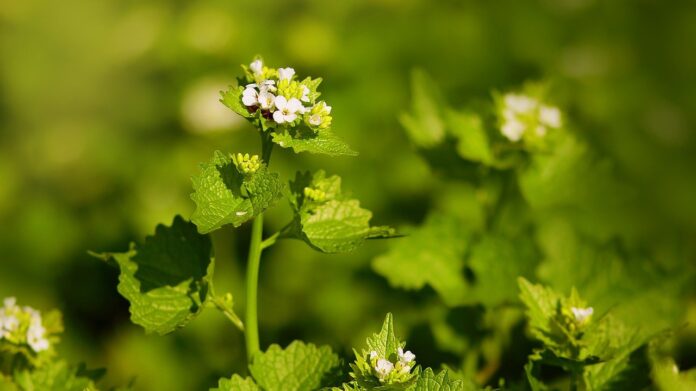
I was watching a nature show on YouTube the other day and came across an interesting ad from a company that helps you become carbon neutral through a monthly service. How do they do it? Well, first they must calculate your carbon footprint. They look at your community average, lifestyle and fuel aspects. Once your emission number is generated, it calculates your needed offsets to fund ongoing reforestation projects along river corridors in the amazon rainforest.
In theory, it seems like a great idea, and I believe it can serve a benefit. As we know, trees and other plants are one of the most important carbon sequesters we have on the planet, along with soil and the ocean.
However, my issue is that the projects were based across the world where we can’t see with our own eyes. I know we have to think globally, but don’t forget about the importance of local habitats and community as well. Even if your focus isn’t on being carbon neutral, I think there are ways you can protect and improve what you have locally.
Build awareness
The first step is building awareness of the local resources through a positive experience. Once you have cared and invested, you are considered a constituent. You may have heard this term in more of a political scene but it means you are giving that resource support and a voice.
Unfortunately, people locally may hear more about the issues with the Amazon River than they do with their local waterway. I also bet a large number of people know what critters lurk in the Amazon River from TV shows more than the creek in their backyard.
As an outdoorsman myself, I can attest to vibrant fish, wildlife and wildflowers that inhabit our local creeks. Some of my local favorites that I have caught from the creek are the rainbow darter, two-line salamander, brook stickleback and bowfin. Along the creek bank, I’ve spotted the vibrant yellow colors of the prothonotary warbler flying over a blooming red osier dogwood.
I urge you to get out and find a few of your own favorites. Whether it be at your local park, wildlife area or waterways, there is opportunity. I bet they will trump any nature show you watch from the seat of your couch.
Sharing experiences
The next step is sharing your experiences with others. Often, I hear that people are reluctant to share where they fish and recreate because they want to keep it for themselves. This is understandable. Sometimes it takes a while to find your favorite fishing spot.
So, maybe don’t give up your favorite stretch of river that produced your personal best smallmouth bass, but also think about the long game, which is to protect and enhance what you found. Without constituency, who is there to support you? It is a lot easier to build protection and enhancements for something a larger group of people care about.
Locally, there are likely many groups that have already started, such as meet-up groups, watershed groups, friends of the parks and non-profit sportsman associations. If not, I guarantee that if you care about something, someone else also probably has the same feelings. State and local governments also have public meetings and open houses regarding park planning committees, township steering committees, workshops, wildlife regulations and waterway safety and access. Many of these meetings are even streamed online for easier access.
Get dirty
Obviously, we can get our hands dirty and plant trees locally as well, and with a more localized approach, we can remove invasive species and manage to ensure a diverse native habitat. If you have land, now is a great opportunity to start with invasive plant control, as they are often the first species to leaf out.
If you do not have land, nature preserves and local parks often have weed picking days, such as garlic mustard pulls. Garlic mustard is an herbaceous plant that takes over the understory of many forests. With the garlic mustard removed, native plants can now utilize the sunlight and space to thrive. When they thrive, the native insects and pollinators who rely on those plants can also thrive. This helps the food web get back in balance, which also helps carbon sequestration through nutrient assimilation (more plants and animals equals more carbon sequestered).
Support local supporting
Reforestation in the Amazon can be done with a few clicks on your computer, and you can have food delivered to your doorstep from a different Amazon in just one click. They both have some pros, but I believe we can do better to support our local community.
Purchasing food from your local farmers and producers helps reduce fuel costs by reducing the need for transporting food products across the country. You can also support the local farmers who are using conservation practices such as rotational grazing, reduced tillage, proper crop rotation with cover crops, as well as a farmer who utilizes proper fertilizing practices. These practices create healthy soils which mean healthy food for you to consume and healthy waters for you to recreate in. As a byproduct, these practices also help sequester carbon into the soil.
Making a difference locally is not quite as simple or easy as a click of a button. However, time and effort lead to increased ownership and responsibility. With these qualities, our local resources may be protected and finally receive the recognition and care they deserve.












